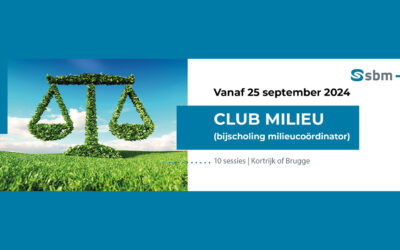Does taking mixture toxicity in account really reflects the embodiment of risk or is it merely pretense?
Chemicals have traditionally been regulated on a chemical-by-chemical basis in which regulatory frameworks set safe exposure levels. As a result, current risk assessment procedures of chemicals focus on exposure to these individual chemicals. However, the recognition is growing that exposure to a cocktail of chemicals may cause risks not captured by single chemical evaluations.
The EU’s Chemical Strategy for Sustainability published in October 2020 proposes to systematically integrate the issue of combined exposure (i.e. exposure to unintentional mixtures of different chemicals via our surroundings or the environment) into chemical risk assessments.

To contribute to the scientific knowledge base of environmental and human co-exposure and associated risks and input into ongoing discussions about the best approach to a Mixture Assessment Factor (MAF), ARCHE Consulting has conducted the following studies:
- Characterising chemical co-exposures in EU to support a combined exposure assessment strategy
Together with our colleagues at VITO, we screened environmental monitoring and human biomonitoring data to better understand realistic co-exposure of chemicals and assess associated risks. Mixtures found in the environment are largely driven by spatial processes i.e. mixtures increase in complexity from upstream to downstream and with increasing anthropogenic pressure. The mixture pressure analysis showed that the vast majority of the observed mixture exposure are not at risk for the environment (81 – 94% of the observed monitored mixtures). For the remaining cases the combined exposure risk estimations are dominated by a few substances and are heavily depending on local factors. It can be assessed which EU Regulation or Directive would be most effective to manage these mixtures of potential concern. The research done concludes that a potential mixture assessment factor (MAF) needs to be proportional to the magnitude of the mixture toxicity problem identified. For human exposure, typically only a small number of compounds are covered within monitoring studies, limiting the evaluation of co-exposure patterns. While it is hard to draw robust conclusions because of the diversity in existing mixture risk studies, the available studies suggest that a small number of compounds tends to drive the toxicity.
Download the final report. For more details see technical annexes A-D (environment) and technical annex E (human).
- Comparison of MAF methods applied to environmental monitoring data
Four different published MAF calculation methods were evaluated using freshwater monitoring data (5 data sets). There is a need compare these MAF calculation methods between databases. Additionally, the robustness against the following criteria was evaluated: (1) impact of the choice of reference value (i.e. PNEC or HC5); (2) impact of the sample size and the presence of unknown and non-detected substances; (3) the consideration of mixtures with single substance risk and (4) the choice of protection level and level of conservatism. Which method takes preference is partly a policy decision, but analyses like these help inform the decision-making. Based on a set of criteria, the Maximum Cumulative Ratio was found the most robust. The assessment suggests that in a reasonable worst-case (ca. 90th percentile) a factor of 3 would be sufficient to eliminate combined exposure concerns in the vast majority of the cases. This study also confirmed that differences between MAF methods can be considerable and future MAF calculation method should be a robust method and takes these differences into account.
Both studies were commissioned by Cefic, the European Chemical Industry Council.


